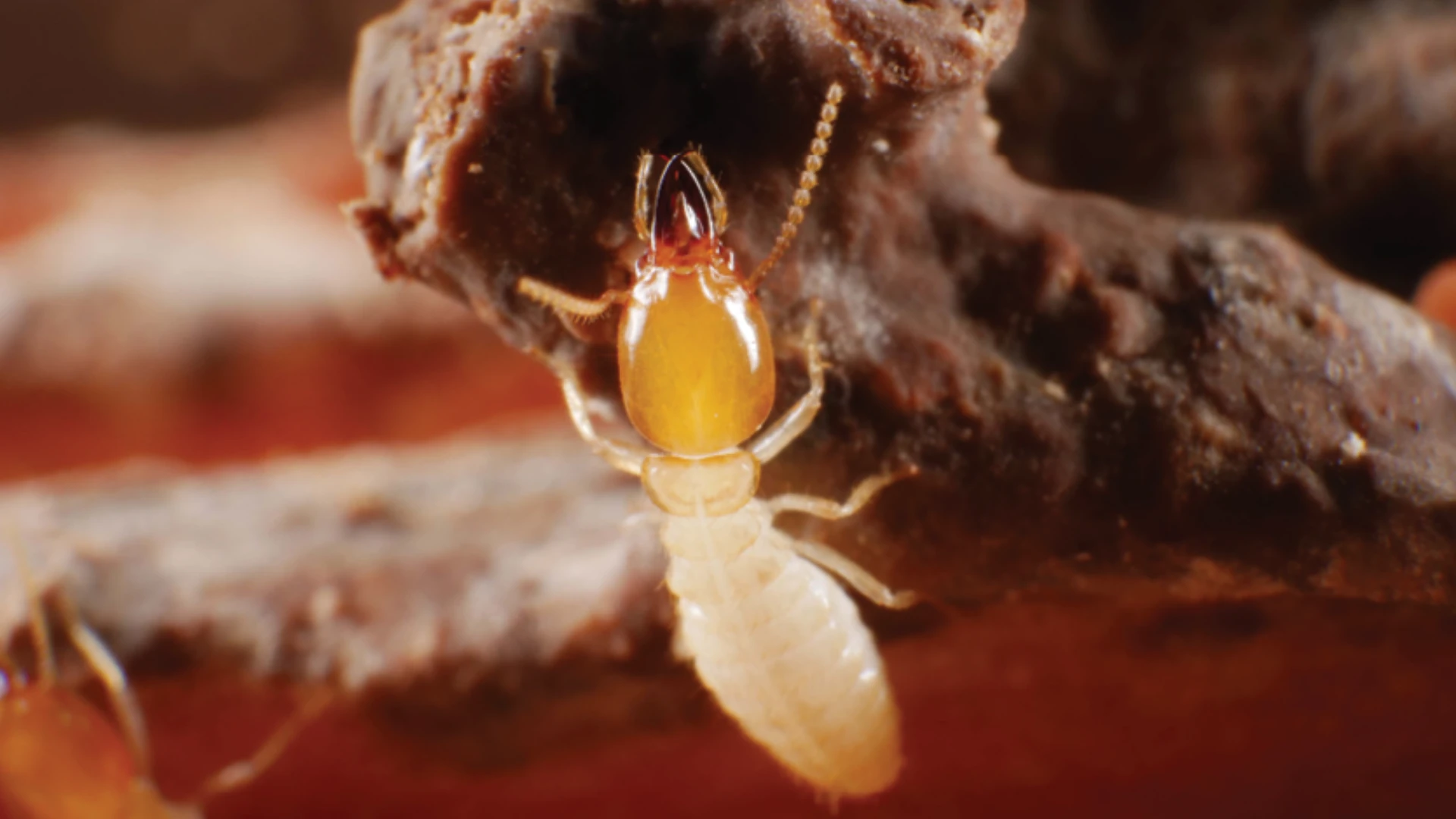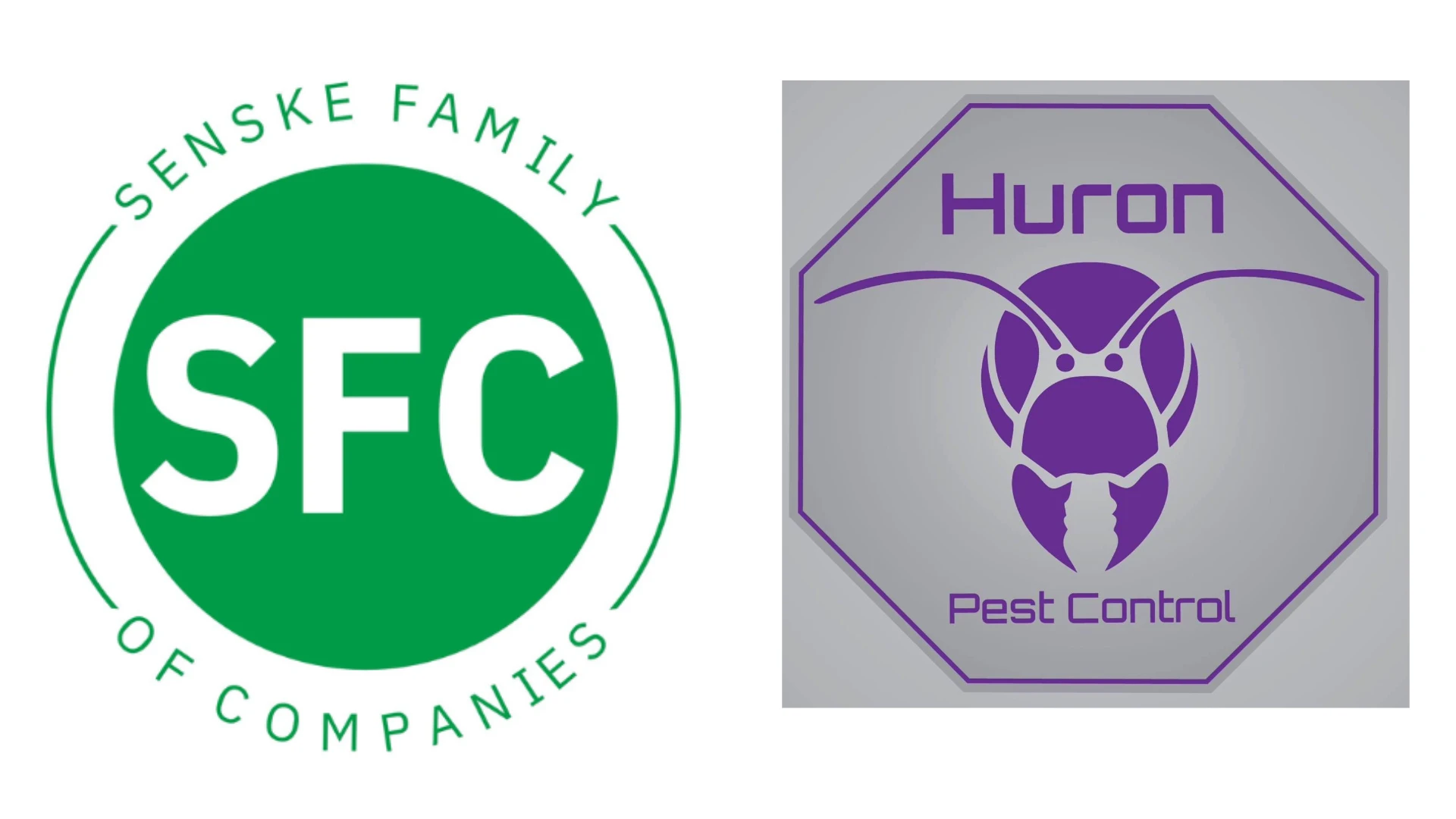Most PCOs know about "bait shyness" — a change in the behavior of rodents that causes them to avoid rodenticide baits and the stations that contain them.
What most PCOs don’t know, however, is that bait shyness is just another name for "conditioned taste aversion" (CTA), a biological mechanism that protects birds and mammals from being poisoned by toxic plants in their environment (Garcia and Hankins, 1987). The animals take a few bites or pecks on the plant, get sick and learn to avoid that plant in the future. They don’t need to taste it again — they just take one look and go somewhere else.
This is why bait shyness is such a problem with rodent baits that contain red squill, an extract from a large lily that is native to the Mediterranean coast. In nature, the active ingredient in red squill protects the lily by making herbivores sick before they can do significant damage to the plant. Red squill’s "job" is to "teach" the animals to avoid the lily in the future. So it is not surprising that purified squill extracts also tended to "protect" rodenticide bait from "damage" by rodents.
PCOs should know how to avoid the negative effects of CTA (bait shyness) in rodent control. They can do this either by using highly acceptable baits so that the rodents receive a lethal dose on the first feeding (zinc phosphide), or by using ingredients such as bromethalin and the anticoagulants that don’t take effect until several hours to several days after feeding.
But CTA can also be a positive force in rodent control, particularly in IPM programs. Here are two examples of how CTA can be employed in an IPM program against rats and mice.
SEED WAREHOUSES AND FOOD PROCESSING FACILITIES. Let’s say that a PCO has a house mouse problem in a seed warehouse where mice have stored seed in the walls. Bait stations and snap traps are ineffective because of the availability of this stored alternative food. If the PCO applies an effective dose of a material that induces CTA to the stored seed in the walls of the warehouse, or to seed that is placed out in tamper-proof bait stations, he or she can cause the mice to stop feeding on the seed in the bags and spilled on the floor as well as the treated seed in the walls and stations. Now the mice will be more likely to take the bait in the stations and snap traps.
Let’s say that the PCO has a problem with rats feeding on spilled product at a food processing facility. Again, baits and snap traps are ineffective because of the abundance of alternative food. If the PCO applies an effective dose of a CTA inducer to samples of the alternative food waste in tamper-proof bait stations, he can cause the rodents to stop feeding on the spilled product and take the bait in his stations and snap traps.
What could the PCO use as a CTA inducer in these two applications? Fortunately, methiocarb, trimethacarb, carbaryl, propoxur, bendiocarb and several other carbamate insecticides produce CTA in rodents when applied to rodent foods according to label directions for insect control. In the first example, the PCO might be able to spray the stored seed in the wall voids and the bait stations for control of grain moths, darkling beetles or some other insect pest and receive CTA as a side benefit. In the second example, the PCO might be able to spray the spilled food waste for fly control and get CTA as an added bonus.
THE FUTURE OF CTA IN IPM. The use of CTA produced by carbamate insecticides is not limited to rodent control with baits and snap traps. Carbamate insecticides produce CTA in birds as well as mammals and through contact as well as through taste (Rotramel, et. al. 1983). Carbamate-induced CTA has also been used to protect the eggs of sea turtles, cranes and other endangered wildlife (Nicholas, et. al. 1983 and Rotramel, unpublished).
Carbamate-induced CTA has the potential to solve many problems caused by squirrels, raccoons and other urban wildlife. Manufacturers of carbamate insecticides need to provide labels for these uses in integrated pest management and endangered species protection programs.
Until these label directions are available, PCOs should check with their local regulators before using carbamates as CTA inducers in their IPM programs.
The author teaches urban ecology and IPM at the University of Illinois at Chicago.
References
Garcia, J, and Hankins, W.G. 1977. On the origin of food aversion paradigms. Learning Mechanisms in Food Selection (Eds. L. M. Barker, M.R. Best and M. Domjan), pp. 3-19. Waco, Texas: Baylor University Press.
Nicholas, L.K., Cassel, J.F., Carlson, R., and Gustavson, C.R. 1983. Taste aversion conditioning of crows to control predation on eggs.1 Science, 220, pp. 212-214.
Rotramel, G.L., Vellieux, D.P. and Allen, J.L., 1985. Pest Repellent. U.S. Patent 4,511,579. Pp. 1-6.
Get curated news on YOUR industry.
Enter your email to receive our newsletters.
Explore the November 1999 Issue
Check out more from this issue and find your next story to read.
Latest from Pest Control Technology
- Webinar: Employee Incentives — Going Beyond the Annual Raise
- Pest Control Companies Helping Neighbors in Need Eradicate Bed Bugs
- Why Does Marketing Feel So Opaque?
- How Did This Pest Get Its Name?
- Rose Pest Solutions Honors Top Performers with Annual Chief’s Club Awards
- Doug Foster on Termite Control Equipment, Resources
- Pest Control Consultants Acquires EcoGuard Pest Control
- Pest Index Increased 9 Percent YOY in February






